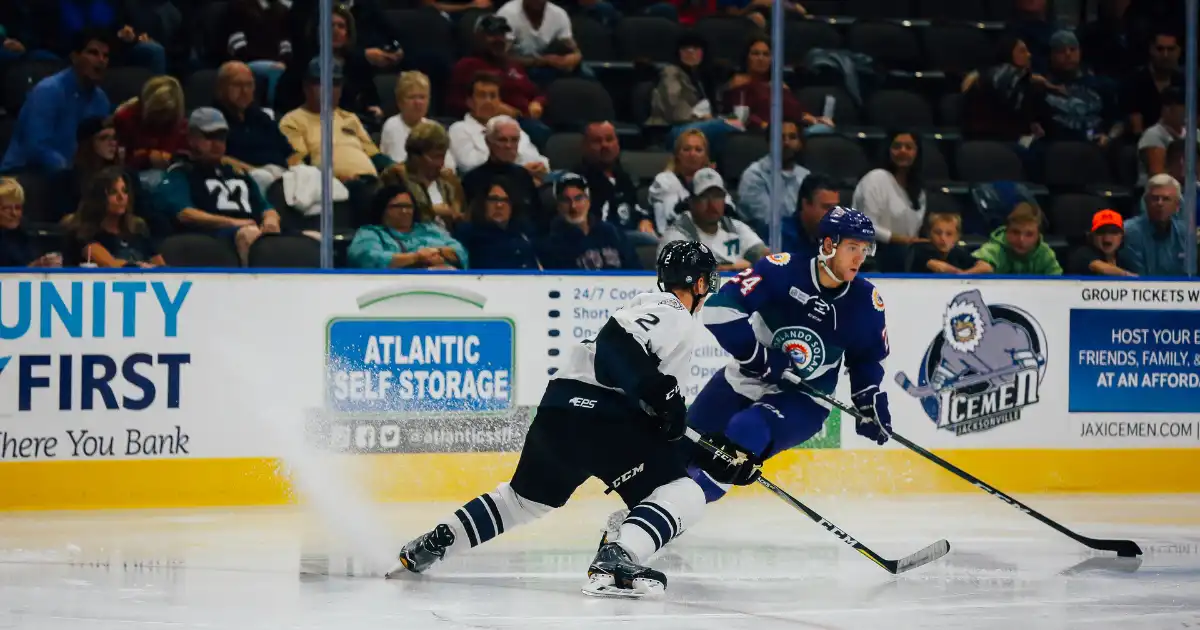For defensemen, backwards skating is more than just a skill — it’s a core component of elite defensive play. Mastering it allows you to maintain optimal gap control, read plays effectively, and neutralize attacking forwards without giving up prime scoring chances. In this article, we’ll break down advanced backwards skating tips for defensemen, focusing on technique, speed, balance, and tactical execution.
The Role of Backwards Skating for Defensemen
Backwards skating is what allows defensemen to stay between the puck carrier and the net while maintaining a clear view of the developing play. Unlike forwards, defensemen spend a significant portion of the game moving backwards, adjusting to attackers’ speed, and transitioning between skating directions. Implementing the right backwards skating training can transform positioning from reactive to proactive.
Perfect Your Stance for Stability
A strong stance is the foundation of every skating maneuver. Keep your knees bent deeply, hips low, and chest slightly forward while maintaining a wide base. This lowers your center of gravity, giving you stability during quick pivots and sudden changes in speed. Backwards skating basics start here, because without a solid stance, advanced maneuvers become difficult to execute under pressure.
Maximize C-Cut Efficiency
The C-cut is the backbone of backwards skating. To refine it, focus on fully extending each push while snapping your toes inward at the end of the stride for maximum propulsion. Keep your feet close together during recovery to minimize wasted motion. Elite-level backwards skating emphasizes smooth, symmetrical C-cuts that maintain speed without compromising control.
Incorporate Backwards Crossovers for Speed Changes
Backwards crossovers are essential for gaining speed quickly when an attacker accelerates. Push hard with your outside foot, then cross your inside foot over, keeping your hips open to the play. This technique allows you to match an opponent’s pace while maintaining defensive positioning. Mastering crossovers gives you the ability to recover in situations where you might otherwise get beaten wide.
Focus on Edge Control
Defensemen must be comfortable on both inside and outside edges while skating backwards. Inside edges help with quick lateral adjustments, while outside edges are critical for tight turns and pivots. Practicing smooth edge transitions at full speed makes it much more difficult for attackers to create separation.
Maintain Proper Gap Control
Gap control is what keeps attackers in check. Stay close enough to pressure them but far enough to react to sudden moves. Good backwards skating technique ensures that your feet are always moving, allowing you to adjust the gap dynamically. Scanning the ice frequently so you can anticipate plays instead of reacting late helps you maintain optimal positioning and shut down passing or shooting lanes before they develop.
Use Your Upper Body to Guide Play
Your stick positioning and shoulder alignment can force attackers into less dangerous areas. Keep your stick in the passing lane and your chest facing the puck carrier. These subtle defensive adjustments work in harmony with proper backwards skating, making it one of the most strategic backwards skating tips for defensemen.
Master the Backwards-to-Forwards Transition
Quickly transitioning from backwards to forwards skating is vital for jumping on loose pucks or joining the rush. Practice the mohawk turn and quick-pivot techniques so you can explode forward without losing balance. This is one of the most important backwards skating tips because it connects defensive play to offensive opportunities.
Train for Endurance and Power
Even the best technique falters without conditioning. Skating backwards uses different muscle groups than forwards skating, so tailor your training to strengthen your glutes, hamstrings, and lower back. Interval drills combining backwards crossovers and transitions are great for building both speed and stamina — a recurring theme for defensemen.
Practice Reading Opponent’s Body Language
Reading the puck carrier’s shoulders, hips, and eyes helps you predict movements before they happen. This tactical element is often overlooked, but in practice, it’s as essential as mechanical skill. This ties physical skill to hockey IQ, allowing you to neutralize threats more efficiently.
Simulate Game Pressure
Incorporate drills that replicate real-game conditions. Work with a partner who challenges you with unpredictable changes in direction and speed. These drills help improve reaction time and decision-making under stress.
Final Whistle
Mastering backwards skating requires a blend of technical skill, tactical awareness, and conditioning. The more comfortable you become with your stance, edge control, and transitions, the more confident and effective you will be in shutting down opposing forwards. By consistently applying these backwards skating tips, you’ll not only hold the blue line with authority but also dictate the flow of play in your own zone.

